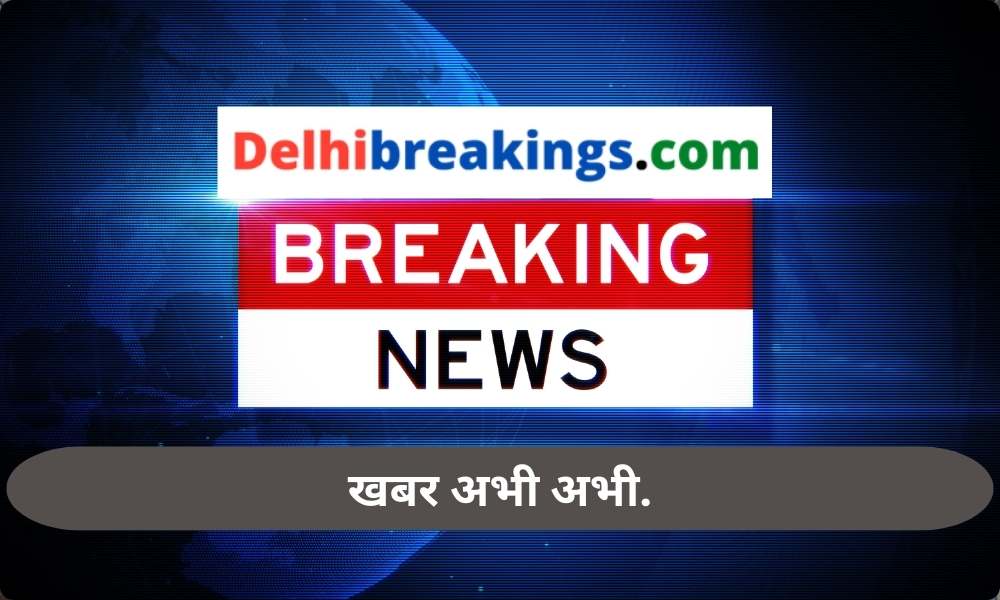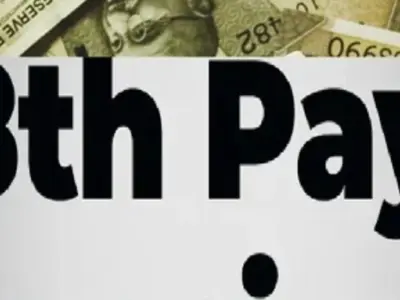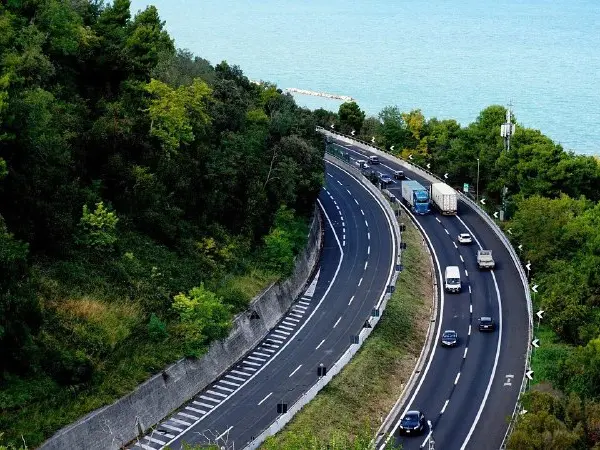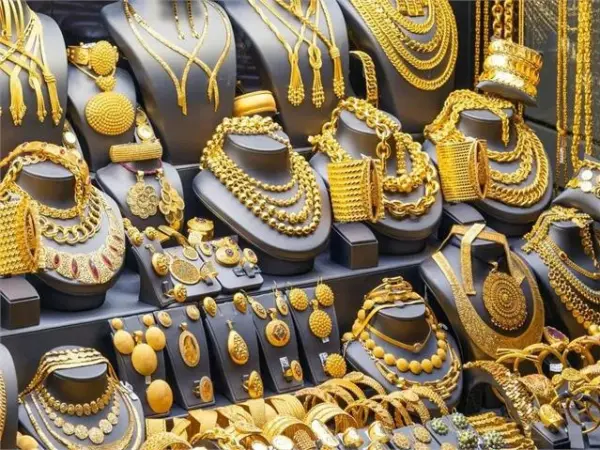S Muralidhar Breaks Silence on Delhi Riots Order
New Delhi. S Muralidhar, former judge of Delhi High Court and Chief Justice of Odisha High Court, has broken his silence on his order regarding the Delhi riots. He asked why the Central Government became angry with the order he had issued regarding the Delhi riots of 2020, because of which he was transferred. He said that if any other judge had been in my place, he would have given the same order.

Key Points:
- Justice S Muralidhar questions the Central Government’s anger over his order regarding the Delhi riots.
- He believes any other judge would have given the same order.
- Justice Muralidhar was transferred after issuing orders to register FIRs and protect the injured during the riots.
- He discusses the perception of executive control over the judiciary and opaque appointments.
- The judiciary’s independence depends on individual judges, especially the Chief Justice of India.
Let us tell you that the name of Justice S Muralidhar came into discussion when during the Delhi riots of 2020, he ordered the Delhi Police to take a decision on registering an FIR against BJP leaders Anurag Thakur, Kapil Mishra, Pravesh Verma, etc. Furthermore, after an emergency hearing at his residence at midnight, Justice Muralidhar had also issued an order directing the police to protect those injured in the riots and safely shift them to hospitals with proper facilities. After these orders, the Central Government transferred Justice Muralidhar to the Punjab and Haryana High Court.
In response to this, he said that I do not know what was there in my decision which troubled the government. Every other colleague of mine in the Delhi High Court would have done the same. Had there been any other judge in my place, he should have done the same. Justice Muralidhar said, “So, like you, I too am unaware of what troubled him, that is, whether he was troubled at all?” But it doesn’t matter because it was the right thing to do. The Justice also spoke about the prevalent perception that the executive has exercised unhealthy control over the judiciary and that appointments to the High Court and the Supreme Court are often not made in a transparent manner.
Justice Muralidhar said that this is a question that we constantly ask ourselves and we have a set of answers. Most of the audience will agree with the idea that when there is a strong executive, there will be a weak judiciary or vice versa, but if you read the history through the eyes of serious researchers like George Gadbois, the book he has written. It is in two parts. The first book came in his name and the second book ‘Supreme Whispers’ came in the name of Abhinav Chandrachud. Find out that there have been times in the Judiciary of India when we have had a strong executive and the visible change happened in 1971…
When Congress came back to 352 seats in the Lok Sabha and there was a visible change in appointments to the Supreme Court. If you read all that, you will feel ‘déjà vu’. He further said that, however, this tussle between the judiciary and the executive is not a new thing. How the judiciary maintains its independence depends greatly on individual judges, especially the Chief Justice of India.
Don’t forget to like Lalluram.Com’s WhatsApp channel.
https://whatsapp.com/channel/0029Va9ikmL6RGJ8hkYEFC2H
To follow lalluram.com on Threads App https://www.threads.net/@lalluramnews Click on this link, so that you will keep getting the latest news from the country and the world.
Click to read news of Chhattisgarh
Click here to read news in English
Follow DelhiBreakings on Google News
Superfast News Coverage by DelhiBreakings.com team.
For Superfast national news and Delhi Breaking Stories visit us daily at https://delhibreakings.com





